Unlock the Power of High-Speed Data Cloning with SuperCopier®

High-performance, versatile hardware built for your toughest data cloning needs
Extreme performances and most versatile hardware solution to clone and duplicate data from any digital storage media.
Designs, manufacturer, and sales of the SuperCopier® line of products
High-Speed Cloning
Advanced Data Handling
Secure & Standalone Operation
Versatile Compatibility
Robust Hardware
Multi-Session Cloning
Our solutions
Key features of this solution include:
Advanced Data Handling
With features like S.M.A.R.T. diagnostics, NVMe health monitoring, read-back verification, and HASH calculation, SuperCopier® supports a wide range of storage formats, including SED drives, Bitlocker-encrypted partitions, and 4K sector drives, offering robust and reliable data management.
Drive Cloning and Data Duplication
Robust Hardware:
Built with best, most current, performing hardware, including the newest i7/i9 CPUs with 16-20 cores, and fast storage controllers, all to maximize performance. (SAS/SATA 12Gbps, NVMe PCIE 4.0 16Gbps per lane)
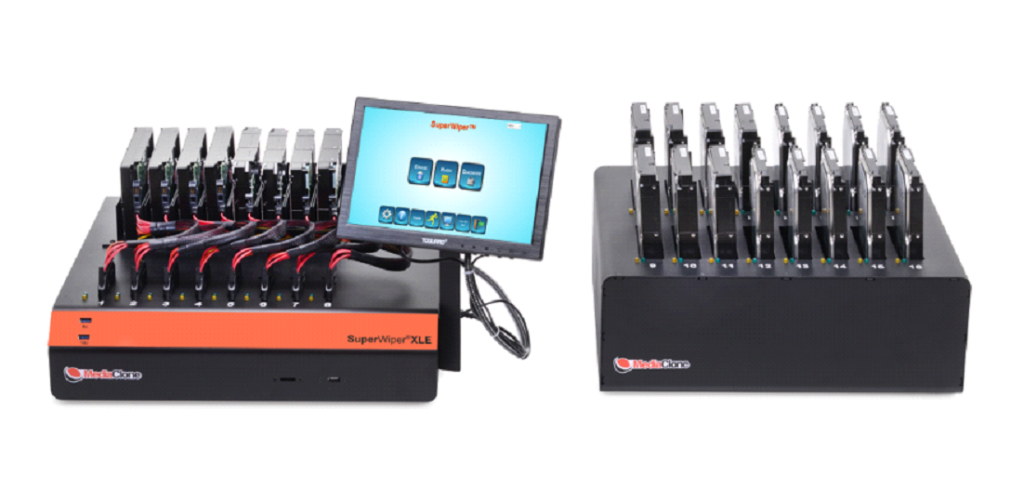
Durable Design:
The unit chassis are built from metal for durability and better E.M.I. shielding. Designed with open drive trays or drop-in sockets for better ventilation and cooling.
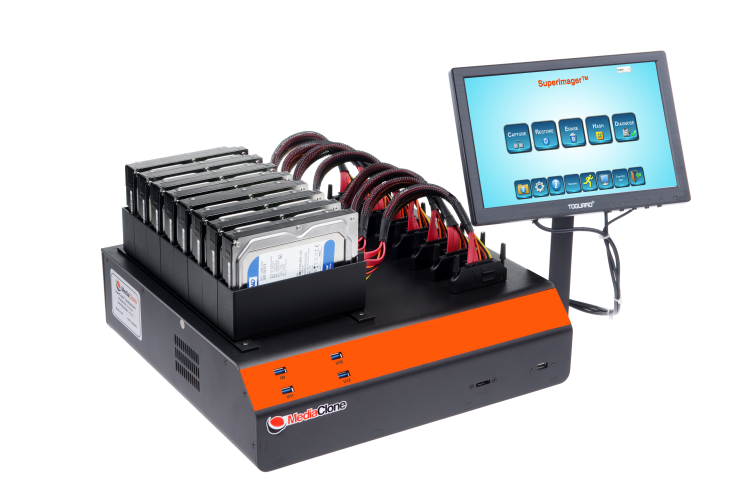
Native Thunderbolt 4.0 port:
Some of the products built-in with Thunderbolt 4.0 port exhibit a high bandwidth for expansion (40Gigabit/s) enable the products to add support to many storage interfaces, including legacy storages (FC, SCSI) and connection to a 10GbE network for fast network connections to share Log Files folders or save VHD files.
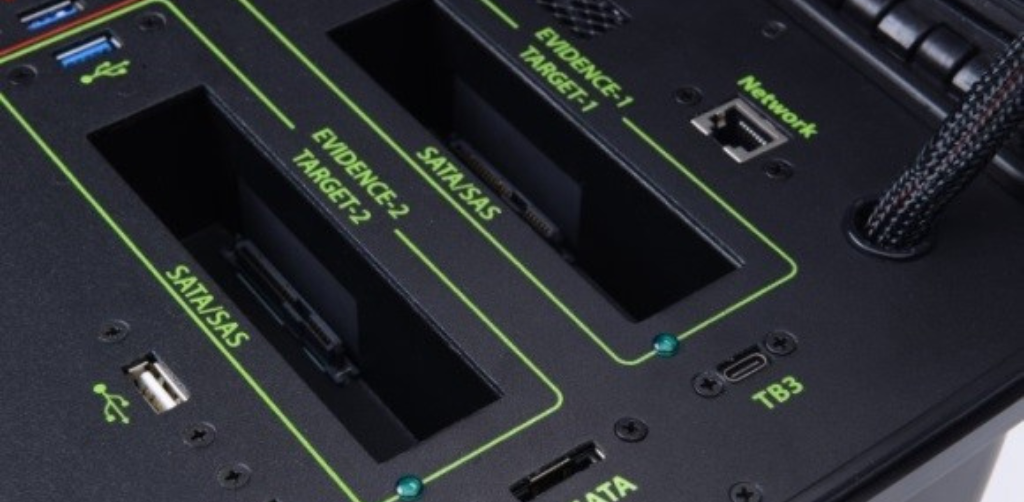
Native U.2 NVMe ports:
Built with the latest PCIE 4.0 NVMe storage controllers to deliver incredible speeds. Supports U.2, M.2 and PCIe NVMe Storages (480GB/min). The SuperCopier application supports NVMe namespace.
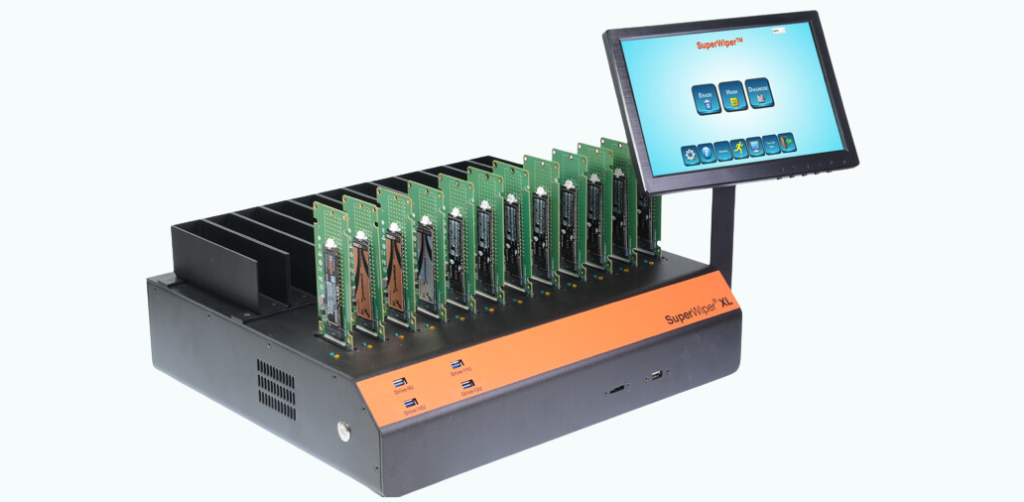
Supports for many digital storages:
Support drive interfaces: SATA, SAS, USB, NVMe, legacy IDE, 1394, FC, and SCSI, and connectivity 10GbE/Thunderbolt 4.0
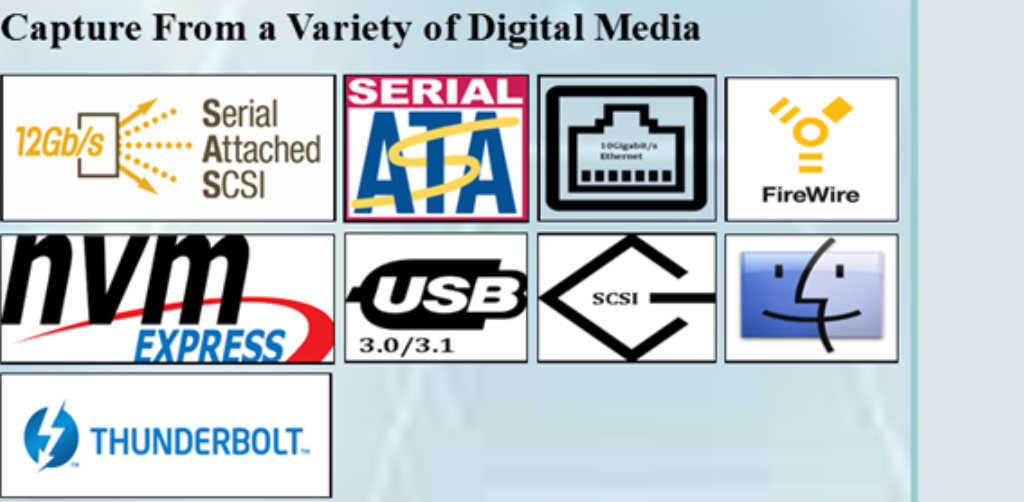
Secure Unit:
Linux is a secure OS with very little targeted malware. Also, the SuperCopier unit is a standalone unit isolated from outside attacks and does not require an Ethernet, Wi-Fi, or BT connection to operate.
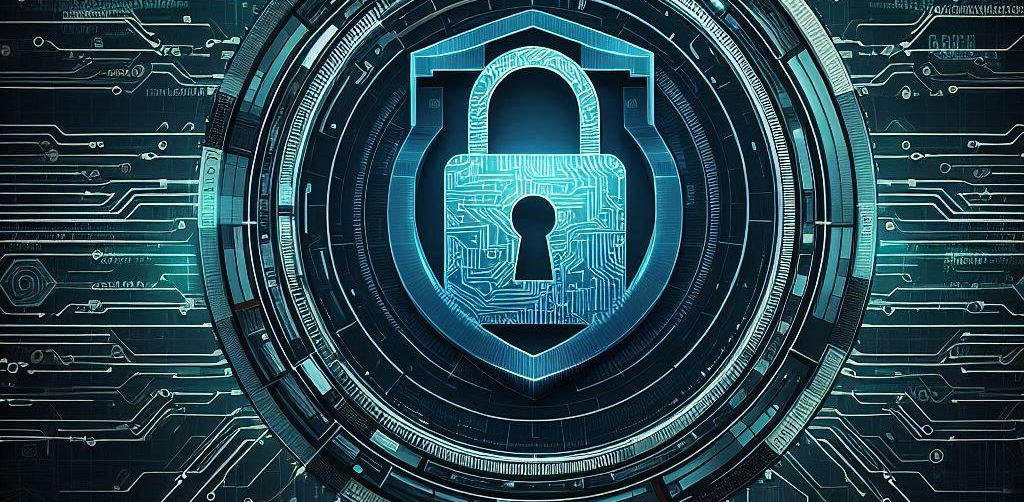
Easy to use application:
The SuperCopier clone application is designed with touch icons, easy to use, and with a few clicks, the user can start a cloning session.
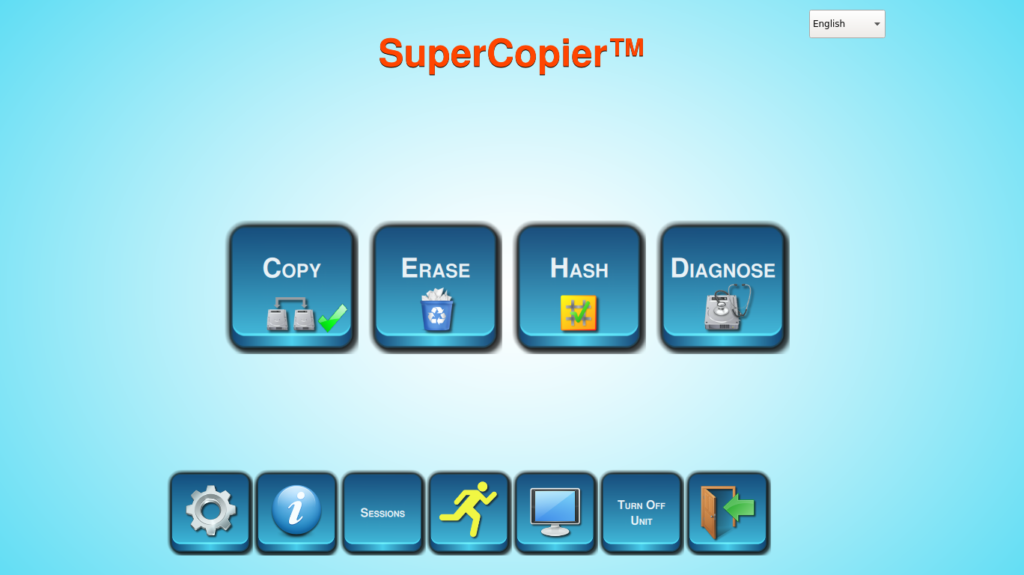
Our Application
Run Simultaneous Multi Cloning Sessions:
Maximizes the usage of the unit multi ports by running multiple independent parallel cloning sessions with very little speed degradation. With the use of the flexible feature of re-assign a role to a port where the user can decide which port will be source or target.
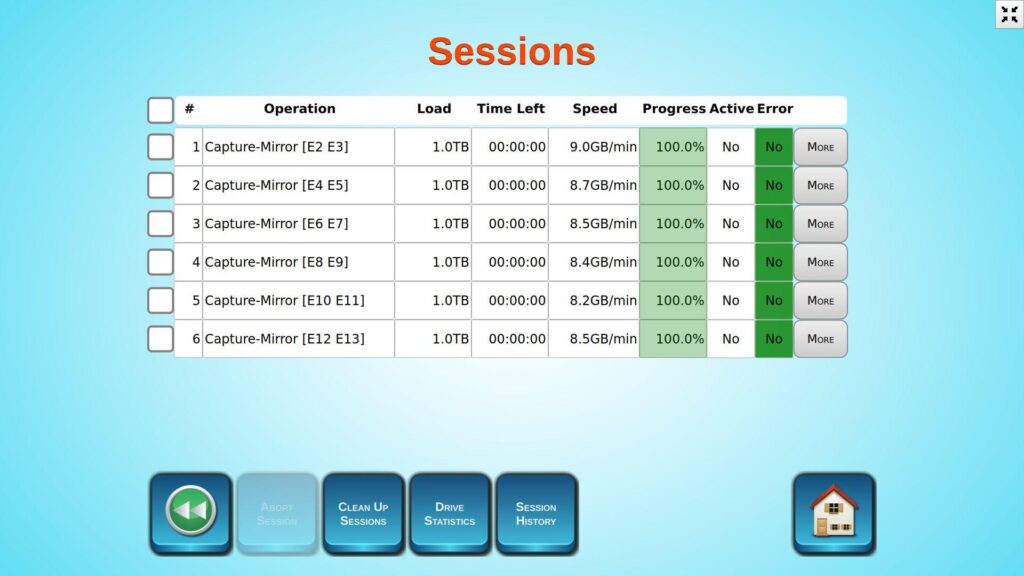
Support Many Data Cloning Methods:
Bit by bit mirror imaging, Selective capture of File and Folders, Quick Copy cloning only the data (partitions and OS), VHD Copy select a pre ready image of a drive and deploy it for target drives.
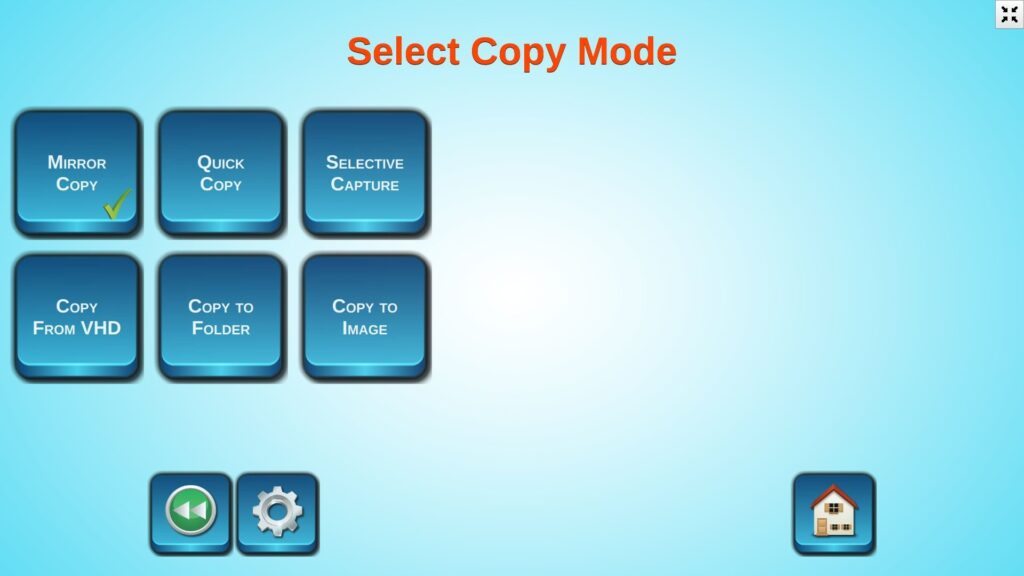
Authentication of the Copy:
Use HASH engines to verify the copy of the cloning by reading back the data from the target drives, compute HASH and compare the HASH value to the HASH of the source drive. The user can select from 4 HASH Engines (SHA1, SHA-2, MD5, SHA-512). .
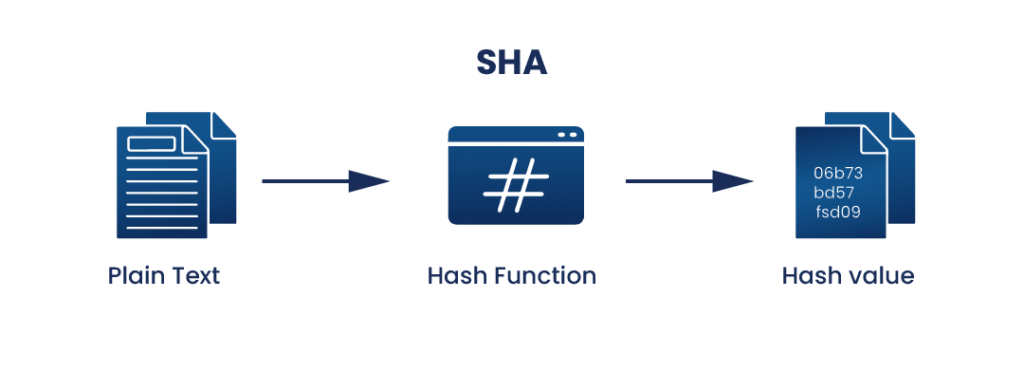
Use the unit as drive erase with the support for many Data Erase Protocols:
The main erase protocols are DoD 5220-22M (ECE, E), Security Erase, Enhanced Security Erase, Sanitize, and NVMe Format – All are NIST 800-88 approved..
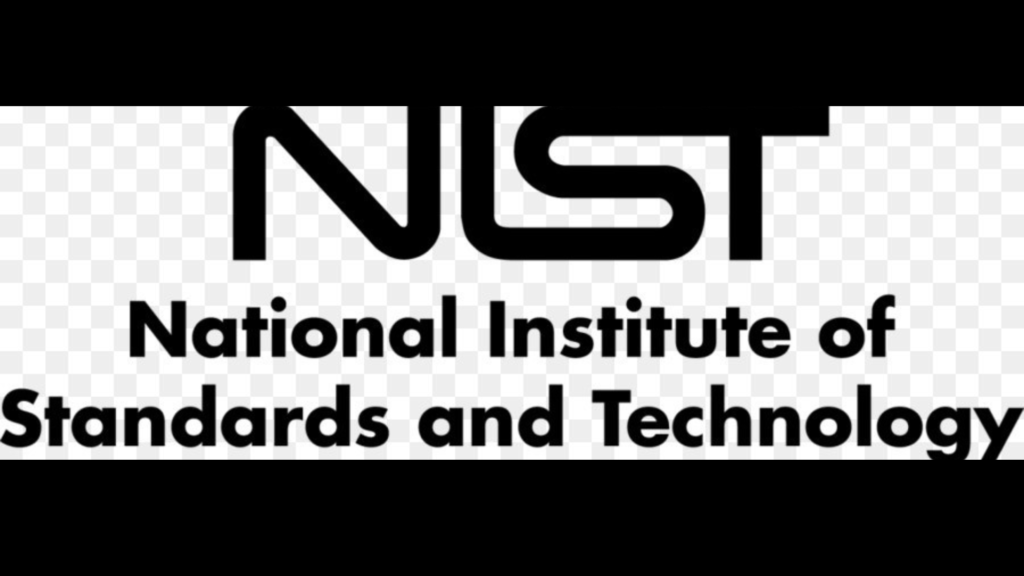
The SuperCopier® application is optimized for the product’ robust hardware:
The SuperCopier built-in cloning application is optimized to utilize the unit’ multi-core CPU for fast parallel processing.
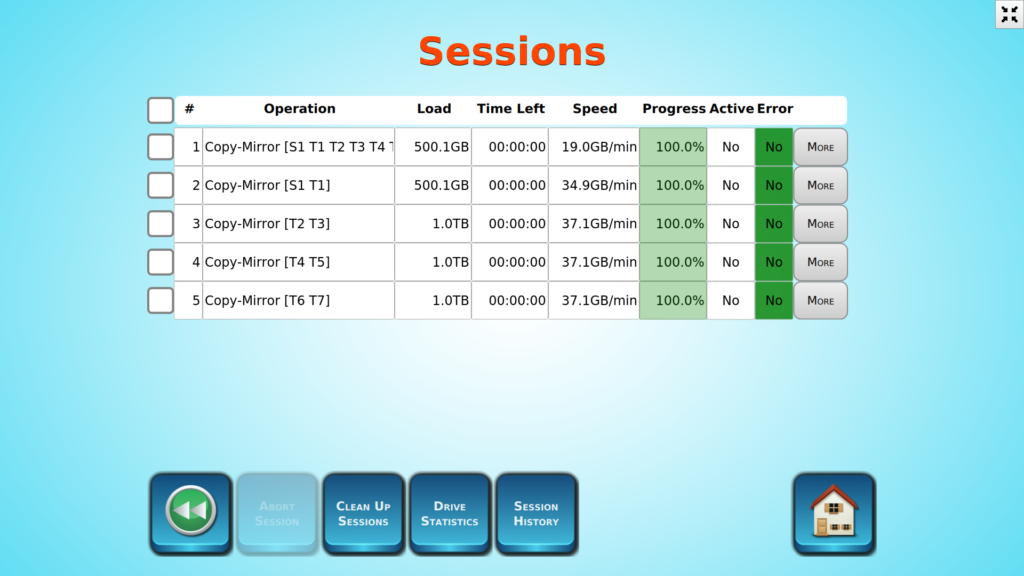
Advance Features for Cloning:
1) Handel partitions: Gives the user the max controll on handeling the images and cloning. Enable to enable/disable partition scaling, scale up and down partitions for some OS. Adjust and relocate partitions on the target drives. Visualized partition on the source drive.
2) Use “Selective Capture” to clone only the needed files and save time in cloning empty spaces.
3) Use “Copy to Folder” to copy all the files from a mountable source drive into target drives. It will create a one folder on the target drives, and copy the files, with their directory structure into this folder
4) Use “Copy to Image” to create VHD images.
5) Use “Quick Copy” as most efficient method to clone drives. Clone only the OS and the partitions.

